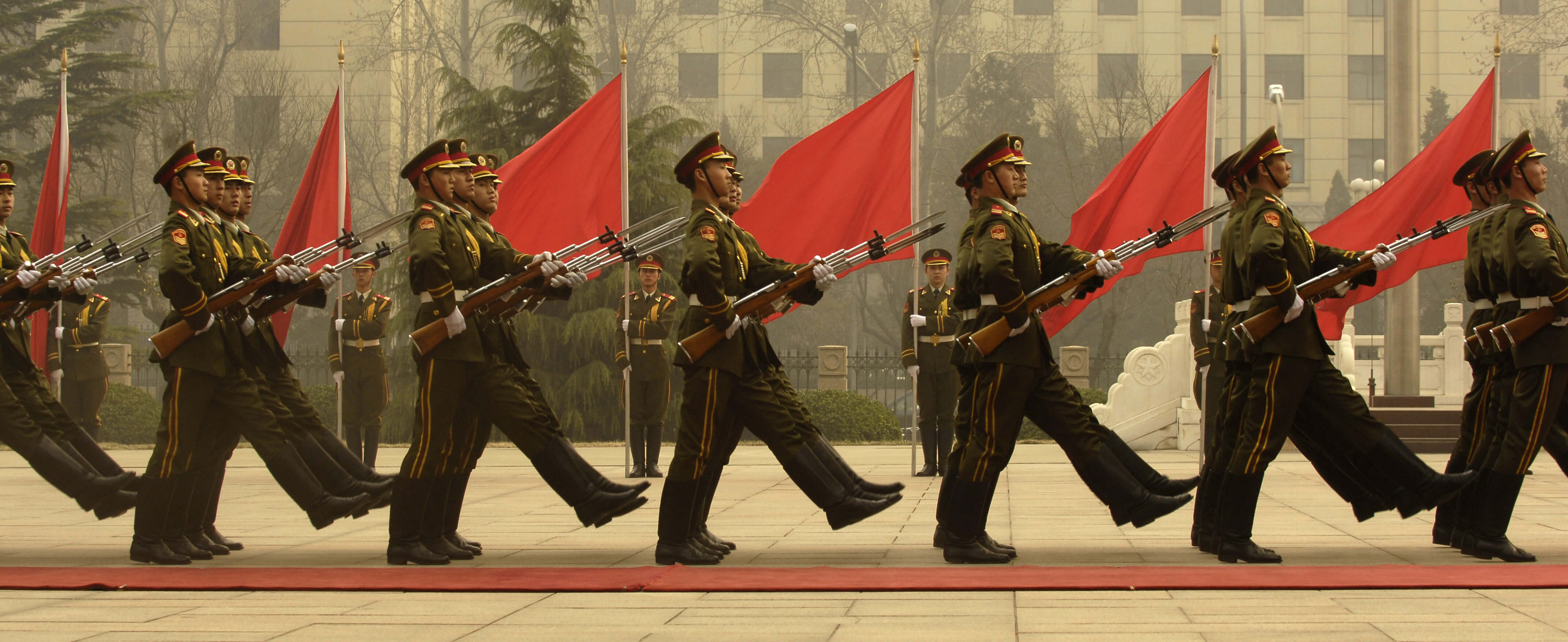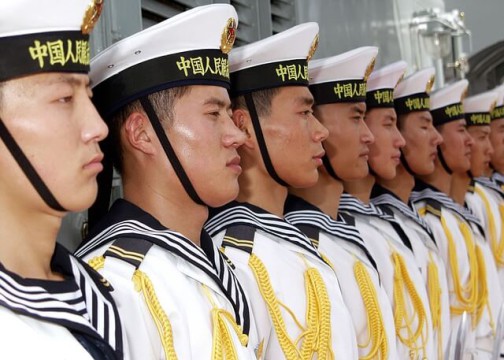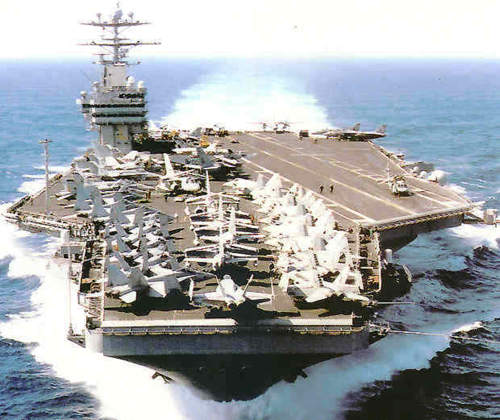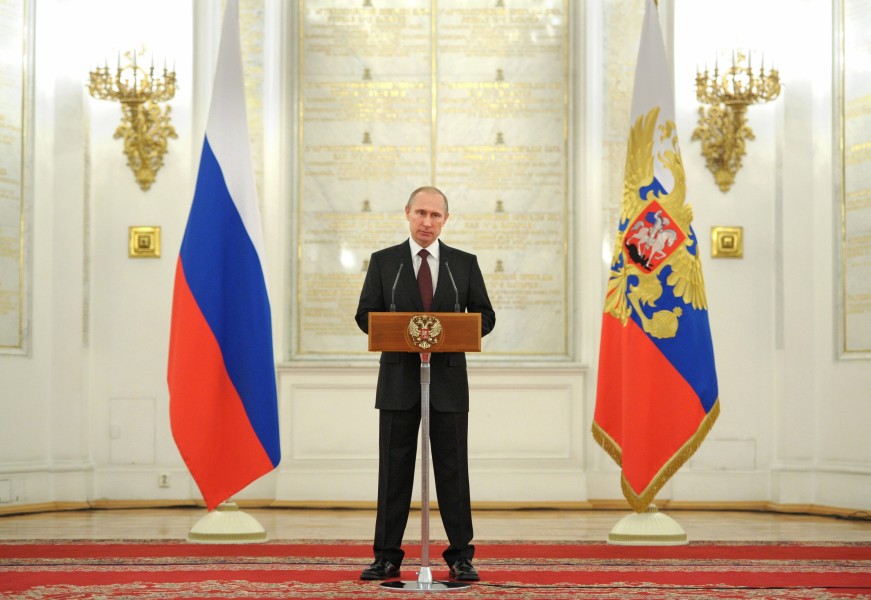After months of extensive logistical, military and political planning, China staged its annual military parade on September 3rd. The event was planned to commemorate the 70th anniversary of the end of World War II. In China, this event will be better understood as the Chinese victory in the War of Chinese People’s Resistance Against Japanese Aggression, and the Allied victory in the World Anti-Fascist War. It is the first such parade since 2009, which was held to commemorate the 60th anniversary of the founding of the People’s Republic.
At a time when China is boldly claiming territory in the South and East China Sea, worsening tensions with Japan, this parade is intended to illustrate the People’s Liberation Army’s rapidly growing capabilities. A rehearsal on Sunday 23 August indicated that more than 10,000 Chinese military personnel commanding over 500 vehicles and some 200 aircraft would be taking part in the parade. The Chinese government displayed seven types of long, intermediate, and short-range missiles. One military official stated that 84 percent of the armaments put on display at the parade are new, and as such had never been seen by the Chinese public before.
The new equipment on display reflects China’s growing capabilities, a result of the government’s decision to increase military spending. A budget report released at the start of the China National People’s Congress in March 2015 indicated that the country’s military budget would increase by 10.1% in 2015. Even as economic growth slows, military spending is still a priority; by the end of this year spending on defence will total 887 billion yuan. While there have been complaints over the transparency of China’s military spending, the defence budget has been increasing since 2010; this year’s announcement is the latest in a series of double-digit increases. 2012 witnessed China’s first aircraft carrier enter service, a major military upgrade for the nation. It is thought that further spending will be concentrated on the country’s blue water naval capabilities.
The parade was also used to demonstrate China’s ongoing military support from other countries. At a time when Beijing is vigorously asserting its territorial claims, participation in the event has tested the strength of China’s ties with other states amidst international pressure. Presidents Vladimir Putin of Russia, Abdel-Fattah el-Sisi of Egypt, Tsakhiagiin Elbegdorj of Mongolia, and Milos Zeman of the Czech Republic accepted invitations to attend, in addition to other leaders from Central Asia. In total, foreign leaders from 30 countries and 19 high-level government representatives attended the parade, though notably Japanese Prime Minister Shinzo Abe was not one of them.
In addition to support from world leaders, troops from China’s military partners actively participated in the commemoration. Qu Rui of the General Staff Headquarters of the People’s Liberation Army claimed that nearly 1,000 foreign troops from 17 countries participated in the parade, stating that “Eleven countries, including Belarus, Cuba, Egypt, Kazakhstan, Kyrgyzstan, Mexico, Mongolia, Pakistan, Serbia, Tajikistan and Russia, dispatched formations to participate in the parade, and another six countries including Venezuela sent representative teams.” Such foreign military participation is significant, given that this was the first parade in Chinese history to include such a display. With its historical and current geopolitical significance, the spectacle offers an insight into the current defence capabilities and priorities of the Chinese military leadership.





